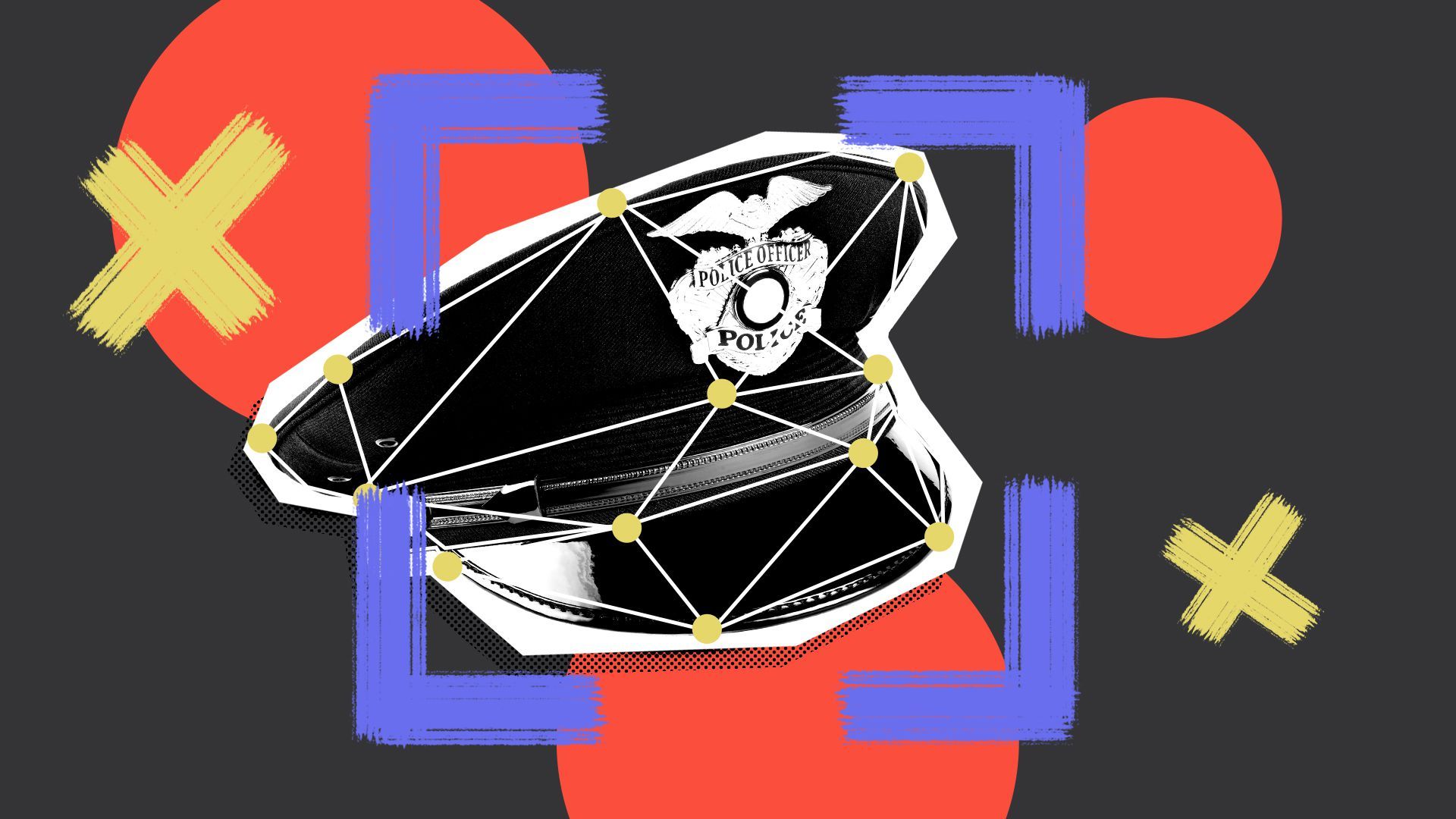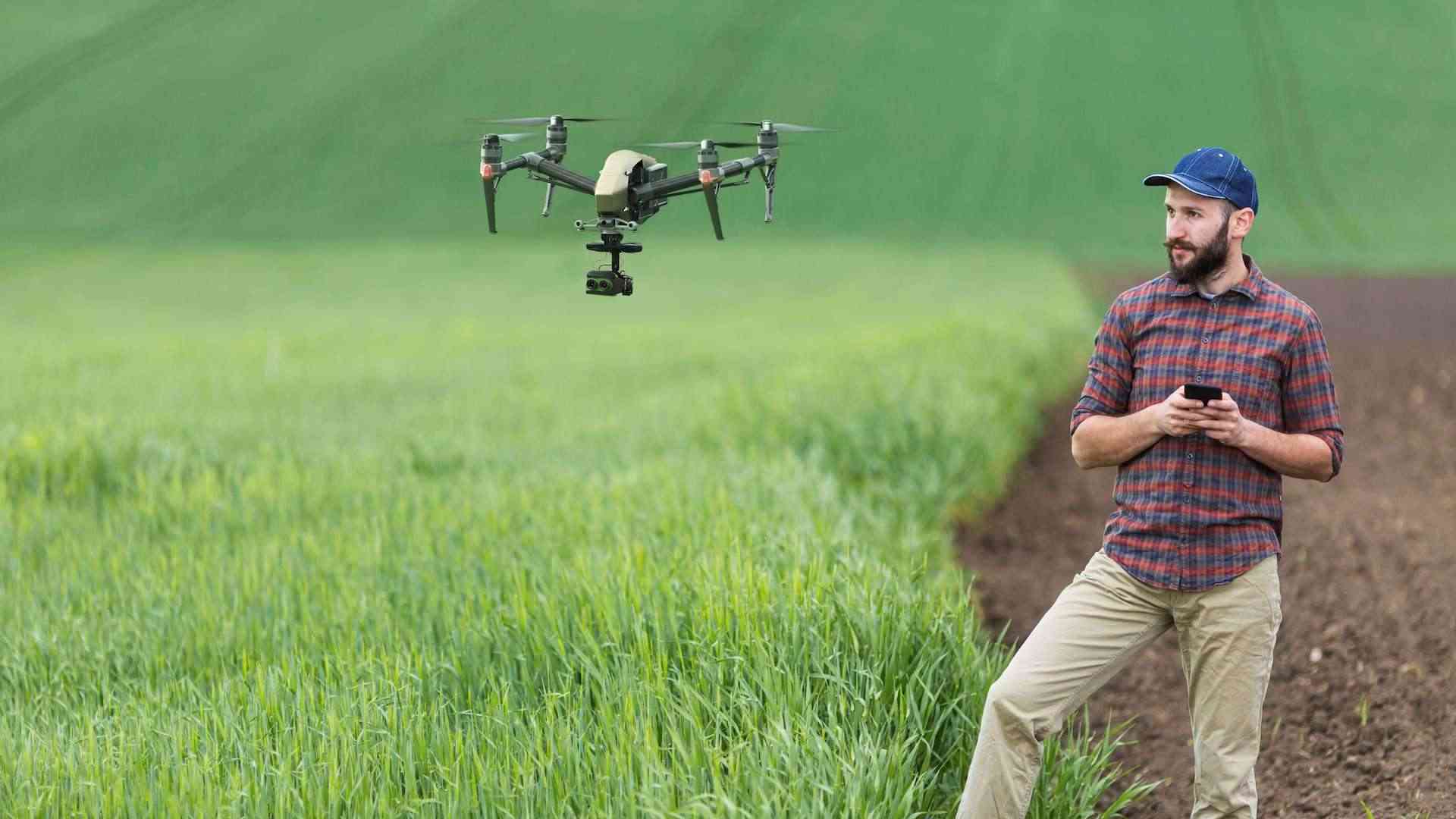| | | | | | | Presented By Ericsson | | | | Axios Login | | By Ina Fried · Oct 31, 2022 | | Happy Halloween. If you are still looking for costume ideas, be sure to check out After you Login.. 📱 Situational awareness: Production of Apple's iPhones could fall by 30% at Foxconn facilities due to tightening COVID-19 restrictions in China, Reuters reports. Today's newsletter is 1,283 words, a 5-minute read. | | | | | | 1 big thing: Twitter's first weekend under Musk |  | | | Photo illustration: Sarah Grillo/Axios. Photo: Britta Pedersen-Pool/Getty Images | | | | In the 72 hours since Elon Musk bought Twitter he has sent conflicting messages about content moderation on the site, left employees wondering about their jobs and spread misinformation about the attack on House Speaker Nancy Pelosi's husband. The big picture: Any doubt that Musk wouldn't quickly move to reshape Twitter with a heavy hand should have been swept away. What's happening: On Friday, Musk announced Twitter will form a content moderation council and that "no major content decisions or account reinstatements" will happen before it convenes. He also tweeted, "Anyone suspended for minor & dubious reasons will be freed from Twitter jail," Axios' Hope King reports. Reality check: Advertising makes up nearly all of Twitter's revenue, and advertisers are watching closely for Musk's next moves. - General Motors on Friday told CNBC it's temporarily suspending paid ads on Twitter while it gets a feel for "the direction of the platform under their new ownership."
- Musk has been conscious of this kind of risk, and wrote to advertisers on Thursday that "Twitter obviously cannot become a free-for-all hellscape."
Sweeping layoffs are expected across the company with differing levels of cuts for organizations or teams, Axios' Sara Fischer reports. - Last week, Musk fired four of Twitter's top execs, including CEO Parag Agrawal, CFO Ned Segal, general counsel Sean Edgett and policy chief Vijaya Gadde.
- "I think folks are bracing for a black Monday, but the question is where will the majority of the cuts be," one source said.
The mood inside Twitter is a combination of exhaustion, anger and helplessness. - "Most people seem to think they lack empathy," one Twitter employee said of the cuts.
- Outside of the engineering department, where Musk and his team seem to have spent the most time evaluating talent, employees feel mostly in the dark.
"Zero email. Zero slack. Zero internal comms from any of the new regime," one source said. They're still learning about what's happening on Twitter or through news reports. Meanwhile, on Sunday, Musk cited a widely discredited website that implied the brutal attack on Pelosi's husband, Paul, wasn't carried out by an unhinged far-right blogger — but rather was linked to an anti-LGTBQ "theory" about a skirmish at a local bar, Sara reports. - "There is a tiny possibility there might be more to this story than meets the eye," Musk said in response to a tweet from Hillary Clinton.
- Clinton tweeted a Los Angeles Times article about the suspect, David DePape, 42, who spread QAnon and other far-right conspiracies.
- Later on Sunday, it appeared as though Musk had deleted the tweet.
Musk linked to an article from the Santa Monica Observer, a website known for years for publishing false stories. - The site "is anything but trustworthy," according to an executive at NewsGuard, a company that uses trained journalists to rate news and information sites.
And then there's his apparent plan to charge verified users anywhere from $5 a month to as much as $20 to keep their blue check marks. The bottom line: It's doubtful that the avalanche of news descending from Twitter HQ will slow anytime soon. |     | | | | | | 2. Exhibit aims to present AI images as true art |  | | | Ellie Pritts' "Liminal Reprise" used Dall-E 2 to explore the themes of consciousness and enlightenment. Photo: Ina Fried/Axios | | | | A new art exhibition in San Francisco showcases some of the unique ways that artists have begun to incorporate Dall-E 2, GPT-3 and other AI systems into their work — efforts that go beyond typing some text and seeing what pops out. Why it matters: The exhibit, "Artificial Imagination," comes amid a broad debate over the legal and artistic merits of AI-created art, as well as concerns that more powerful computers could take jobs away from humans. "Artificial Imagination" includes a range of work, from videos to still images and sculpture. - While many of the pieces used Dall-E 2 to help generate images, others took a different approach. Alexander Reben, for example, used text generated by GPT-3 and then built his interpretation of the computer's description.
Between the lines: The artists and curators said the exhibition, believed to be the first of its kind, is an important recognition that AI art is indeed art. - "I think it is really important to showcase right now that this is a new medium," said Ellie Pritts, a pioneer in the space who uses AI-generated images to create video pieces. "There are serious artists; this is legitimate work."
- Other artists include Mixpanel founder Suhail Doshi and August Kamp, a trans multimedia artist and musician.
- Day One Ventures helped create the idea for the exhibit, bringing in Dall-E 2 creator Open AI as a partner.
The big picture: The debut of Artificial Imagination comes as society is grappling with how to understand the advent of AI art on a variety of levels, from who owns the work to its impact on artists. Yes, but: A number of the artists liken the current moment to the arrival of the camera. Its ability to capture scenes with precision didn't end up killing art and eventually paved way for photography. Practicalities: The exhibit is open to the public through Dec. 29 at bitforms gallery. |     | | | | | | 3. "Siri, I'm being pulled over" |  | | | Illustration: Allie Carl/Axios | | | | Several apps and technological solutions have been launched over the past decade in an attempt to help de-escalate police encounters, Axios' Peter Allen Clark reports. Why it matters: Technology has played a significant role in exposing police abuse. But activists say it can only be one tool in leading to change — and some technologies have raised civil liberties concerns. How it works: The ACLU created an app called Mobile Justice, which allows users to quickly record and send videos to contacts or local ACLU offices. Former police officer and police trainer Stan Campbell formed the De-Escalating Officer Patrol Encounters (DOPE) organization and developed its companion app, which allows users to record encounters and includes training videos on how to handle them. - "I have a unique position because I'm African American, as well I was a policeman, and I was a trainer," Campbell told Axios. Campbell said he concluded the problems were "more of a training issue than a race issue."
Enterprising smartphone users have found other ways to use tech when dealing with police. - One person set up a program using the iOS Shortcuts app that activates when you say, "Siri, I'm being pulled over." It turns down music, alerts selected contacts, and begins recording from the front-facing camera.
Yes, but: Police are using tech, too — and it has had an enormous role in perpetuating what many see as police violations of civil liberties. - Surveillance equipment and facial recognition technology has led to massive collections of biometric identifiers in the hands of law enforcement.
What they're saying: "[W]hat you have is a system where huge amounts of data of varying quality — some reliable, some unreliable — is available to law enforcement, without really any regulation of how it's used," Faiza Patel, a senior director with the Brennan Center for Justice, told Axios. The bottom line: "The main issue really is the culture of policing, and an app can't change that," Patel said. Read the rest of the story. |     | | | | | | A message from Ericsson | | Fair patent licensing keeps mobile innovation moving forward | | |  | | | | Innovations in mobile technology have created new digital experiences. Through Ericsson's creation of cellular standards, we have pioneered the technology that drives connectivity and continues to lead the way for advancements still to come. Explore the importance of patents. | | | | | | 4. Take note | | On Tap - Lots of kids coming to your door, demanding candy.
ICYMI |     | | | | | | 5. After you Login | | I've seen a lot of good costume ideas already, but I'm kind of partial to this sibling duo, who went as San Francisco's Karl the Fog and Sutro Tower. Honorable mentions to this "introvert" costume, this slightly gory pet costume and the cutest little reminder to vote ever. |     | | | | | | A message from Ericsson | | How patents fuel innovation | | |  | | | | Patents help facilitate the sharing of knowledge and technology. Why it's important: Patents and licensing allow companies like Ericsson to continue investing in research and development, resulting in technology that benefits everyone. Learn about the value of patents. | | | | Thanks to Peter Allen Clark for editing and Bryan McBournie for copy editing this newsletter. And welcome back to Scott Rosenberg, who was on vacation last week. |  | | Are you a fan of this email format? It's called Smart Brevity®. Over 300 orgs use it — in a tool called Axios HQ — to drive productivity with clearer workplace communications. | | | | | | Axios thanks our partners for supporting our newsletters. If you're interested in advertising, learn more here.
Sponsorship has no influence on editorial content. Axios, 3100 Clarendon Blvd, Arlington VA 22201 | | | You received this email because you signed up for newsletters from Axios.
Change your preferences or unsubscribe here. | | | Was this email forwarded to you?
Sign up now to get Axios in your inbox. | | | | Follow Axios on social media:    | | | | | |
No comments:
Post a Comment